A Subtle Change to Win Backlinks
Natural links from external sites are search engine optimization gold. They represent a voluntary endorsement of content and can improve organic search rankings and traffic. But circa 2023, many content marketers and SEO pros do not solicit natural links, per se.
As a reminder, a natural link — also called a backlink, organic link, or earned link — occurs without direct solicitation or payment from the site owner. It’s the epitome of appreciation — a staff member at an external website finds the content valuable and shares it with others.
Hard to Get
Natural backlinks are also notoriously hard to get, especially now.
There was a time when business owners, bloggers, and even news sites gave away natural links like passing out candy to trick-or-treaters at Halloween.
No more. Sites now understand the value of links and issue them rarely, if at all.
Moreover, content marketers often spend heavily on writers and researchers to produce outstanding articles, videos, and other content for potential customers. There’s little reason for those marketers to issue links. Their content frequently attracts links.
Think about a well-known brand such as REI, the outdoor gear retailer. The company produces excellent (and expensive) content to help shoppers discover outdoor adventures or gear. Consumers seek out that content, given its value and REI’s brand. Smaller publishers, blogs, and retailers link to it, creating much domain authority and thus top organic rankings.
However, a small or midsized ecommerce business with a limited budget often struggles with content and thus has little domain authority. The result is low rankings and little search traffic.
A Subtle Change of Plan
So, how do you garner natural links for your company’s site? Consider creating content aimed at bloggers, journalists, and editors — folks with the potential to provide a natural backlink.
Imagine a content marketer at a new direct-to-consumer backpack company. This marketer may have customer profiles or personas for new backpackers, intermediate backpackers, and now a third group — bloggers, journalists, editors — of potential linkers.
The content marketer could devote, say, one in 10 articles or videos to this link-building audience
What to Create
With this strategy, the 10% of content devoted to encouraging natural links can complement a business’s other content and SEO efforts.
Tools. Internet marketing guru Neil Patel noted in a 2022 video that his Ubersuggest SEO tool has tens of thousands of natural backlinks because folks love to share helpful tools and apps, especially when those tools or apps are free.
Retailers can build helpful tools that attract the audience of natural linkers. For example, the direct-to-consumer backpacking brand could develop a trip-planning app, a while-label weather tool, or even a Google map with custom markers pointing out current trail conditions.
Data. Shoppers and potential linkers all love data. Folks will link to unique information or a unique perspective.
Our fictitious backpack brand could survey its customers’ backpacking habits, offering a sweepstakes to encourage participation. The brand could then publish the responses as a whitepaper showing how often folks backpack, the times of the year, where they go, or how much they spend.
This is the sort of info an online outdoor magazine might want to reference. Customers would likely be interested, too.
Tutorials. A third category is in-depth tutorials or guides. Content that goes deep into a topic is valuable to consumers and often worth citing and linking to.
An example is a video and article showing backpackers how to rappel with only a rope in an emergency scenario.
The post A Subtle Change to Win Backlinks appeared first on Practical Ecommerce.



![[column] Toekomst tijdschriften glanst als nooit tevoren](https://www.pharmamarketeer.nl/wp-content/uploads/2024/12/happy-couple-in-t-shirts-reading-newspaper-while-h-2024-11-10-00-13-23-utc-1-385x300.jpg)
![[column] MarketingAffairs 17: Marketing als oplossing](https://www.pharmamarketeer.nl/wp-content/uploads/2024/12/asian-seo-manager-writing-on-glass-with-illustrati-2024-11-17-23-11-51-utc-1-385x300.jpg)

![[column] Toekomst tijdschriften glanst als nooit tevoren](https://www.pharmamarketeer.nl/wp-content/uploads/2024/12/happy-couple-in-t-shirts-reading-newspaper-while-h-2024-11-10-00-13-23-utc-1-80x60.jpg)
![[column] MarketingAffairs 17: Marketing als oplossing](https://www.pharmamarketeer.nl/wp-content/uploads/2024/12/asian-seo-manager-writing-on-glass-with-illustrati-2024-11-17-23-11-51-utc-1-80x60.jpg)


